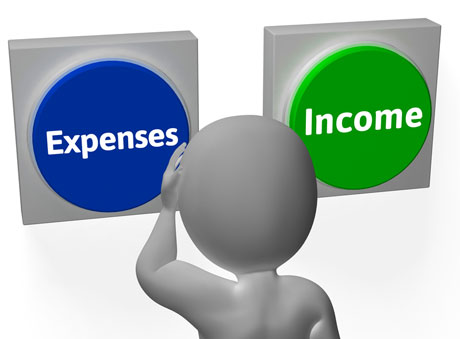Farmers - IRD are clamping down
In March 2017 IRD released a change to the way that expenses can be apportioned and claimed for farming businesses. The new rules take place for the 2018 income tax year. Although these changes are specifically targeted at farming, all business owners need to be aware that IRD are starting to look closer at business/private apportionment's.
A brief summary follows. As with most things IRD, the rules on application are a bit more detailed and complicated.
The rules now classify farms into two groups regardless of the type of entity – company, partnership, trust, sole trader:
- Type 1 (Where the value of the farmhouse and curtilage is 20% or less of the total value of the farm).
- Type 2 (Where the value of the farmhouse and curtilage is more than 20% of the total value of the farm).
The first step is to work out what the value of the house and curtilage is as a percentage of the whole farm. You can use either a formal valuation or rateable value (adjusted for curtilage and other improvements).Alternatively, you can use cost - if appropriate.
The following deductions are affected:
Type 1 Farm
Deductible expenses limited to:
- Household Insurance 20%
- Rates 100%
- Interest on farm (including house) 100%
- Phone 50%
- Household Electricity 20%
- All other farmhouse expenses 20%
Type 2 Farm
- The type 2 farmer is required to apportion and may only claim deductions for expenses (including interest) relating to the actual business use.
- Where it is possible to identify expenses that can be specifically dissected (such as phone/tolls, insurance and electricity) to those relating specifically to the farm operation then that method of allocation can be used.
- For expenses that apply to both the farm and farmhouse then the apportionment will be based on the value of the farmhouse plus curtilage to the total farm.
- If there is a dedicated office within the farmhouse then a further calculation will be available.
- This type of apportionment would cover expenditure such as rates and farm mortgage interest and the likes.
For those completing your own GST returns with March balance dates this will impact on the way you analyse private use adjustments for your GST return commencing 1 April 2017. For farmers with June balance dates you will need to implement the changes from 1 July 2017.
This may also impact on income tax outcomes if you fall into a Type 2 Farm and the interest deduction that we have previously been able to fully claim now becomes restricted.
Some of the Type 2 Farm calculations are complicated (so much for tax simplification!) but we are here to help. Give us a call or make a time to come in and see us if you need to clarify these points further or help to adjust to these changes for your particular type of farm business.

